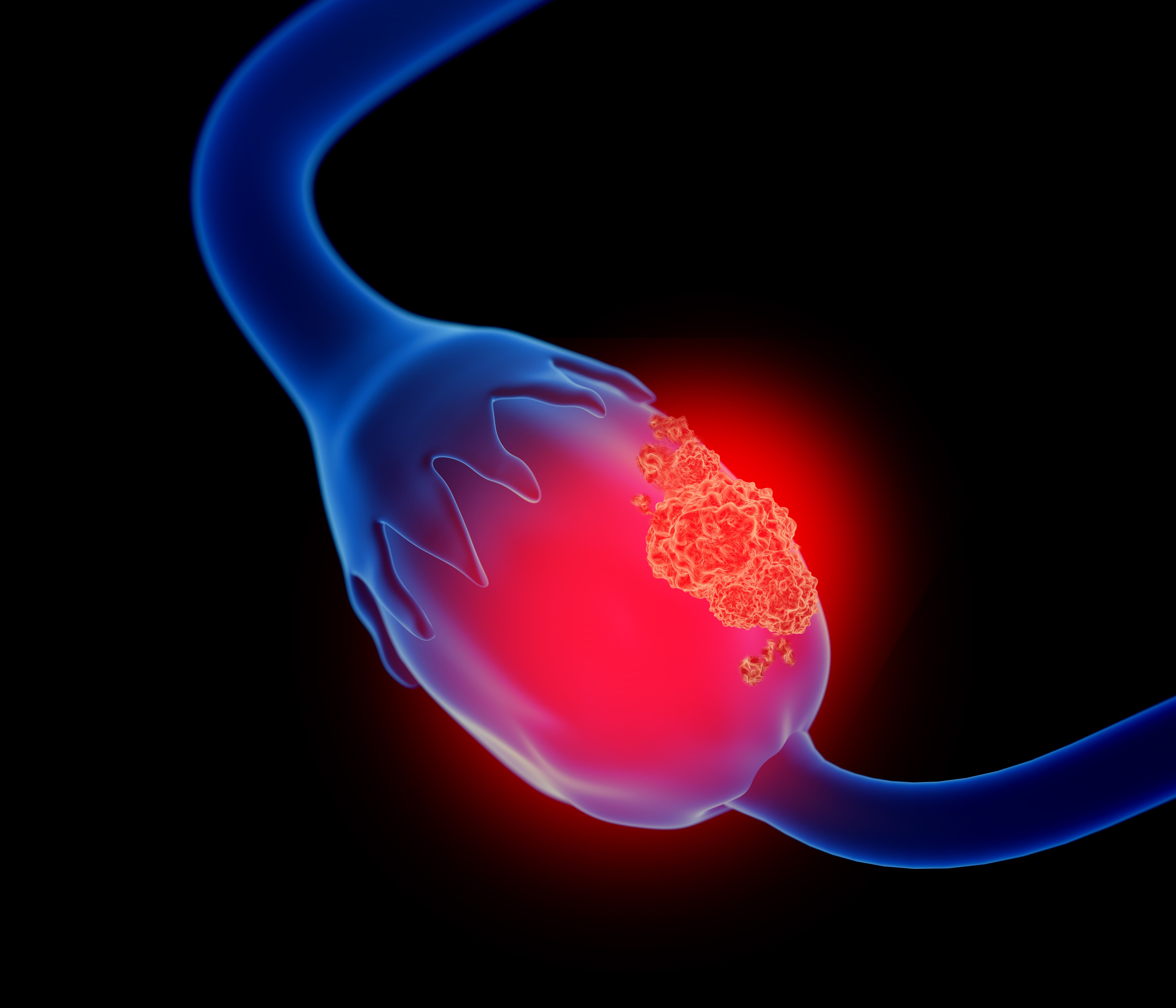News
Article
Individualized Niraparib Starter Dosing Cuts AE Costs in Ovarian Cancer by 48%
Author(s):
Key Takeaways
- Individualized starting dose (ISD) of niraparib reduces severe hematologic adverse events (AEs) compared to fixed starting dose in ovarian cancer patients.
- Implementing ISD lowers hematologic AE management costs by 48.1% from a US payer perspective.
Implementing an individualized starting dose (ISD) of niraparib (Zejula; GSK) reduced severe hematologic adverse event (AE) management costs by 48% compared with a fixed starting dose (FSD) in US patients with ovarian cancer.
The cost of managing severe hematologic adverse events (AEs) in US patients with ovarian cancer was lower for those who received the individualized starting dose (ISD) of niraparib (Zejula; GSK) compared with the fixed starting dose (FSD), according to a study published in the Journal of Comparative Effectiveness Research.1
Patients with advanced ovarian cancer can now receive maintenance therapy with poly (ADP)-ribose polymerase (PARP) inhibitors, alone or in combination with bevacizumab, following initial treatment with surgery and platinum-based chemotherapy. Past studies found that PARP inhibitors significantly improve progression-free survival in those with newly diagnosed advanced epithelial ovarian cancer who responded to first-line platinum-based chemotherapy.
Like other PARP inhibitors, niraparib is associated with hematologic AEs. At the start of the ENGOT-OV16/NOVA trial (NCT01847274) in July 2016, all patients with platinum-sensitive recurrent epithelial ovarian cancer received a niraparib maintenance therapy FSD of 300 mg once daily.2 The FSD was associated with grade 3 or higher treatment-emergent AEs (TEAEs) of anemia, neutropenia, and thrombocytopenia.
A subsequent trial analysis found an association between low baseline body weight (< 77 kg) and platelet count (< 150,000/μl) with an increased incidence of grade 3 or higher thrombocytopenia events.1 To address this, the trial protocol was amended in November 2017.3 Patients with a baseline body weight below 77 kg and a platelet count below 150,000/μl received a reduced starting dose of 200 mg once daily, while others continued to receive 300 mg once daily.
Implementing the ISD significantly reduced the incidence of hematologic TEAEs while preserving niraparib’s progression-free survival benefit.1 Based on these results, the FDA approved the niraparib ISD for first-line maintenance therapy in patients with newly diagnosed advanced epithelial ovarian cancer.
However, the economic impact of the ISD on costs associated with managing hematologic AEs remained unclear. Consequently, the researchers investigated the impact of the niraparib ISD, compared with FSD, on the cost of hematologic AE management from a US payer perspective.
Implementing an individualized starting dose (ISD) of niraparib (Zejula; GSK) significantly reduced severe hematologic adverse event (AE) management costs compared with a fixed starting dose (FSD) in US patients with ovarian cancer. | Image Credit: Lars Neumann - stock.adobe.com

To do so, they obtained the frequencies of grade 3 or higher hematologic AEs that occurred in more than 1% of patients treated with niraparib from the PRIMA primary analysis results. The hematologic AEs analyzed included anemia, thrombocytopenia, decreased platelet count, neutropenia, and decreased neutrophil count.
Also, the researchers obtained US unit costs for each grade 3 or higher AE in the base case from the 2017 Agency for Healthcare Research and Quality Healthcare Cost and Utilization Project database, which contains data from more than 7 million annual community hospital stays; unit costs were adjusted to 2020 US dollars. AE management costs were calculated per patient by multiplying AE unit cost by the unrounded frequency of each AE by the niraparib starting dose.
For all hematologic AEs, the estimated management cost per patient was lower among the ISD group than the FSD group (FSD vs ISD: thrombocytopenia, $4701.87 vs $1921.89; anemia, $2784.00 vs $1760.59; decreased platelet count, $2103.47 vs $922.51; neutropenia, $2112.50 vs $1369.56; decreased neutrophil count, $1285.87 vs $770.38).
Overall, the total mean calculated AE management cost per patient was $12,987.71 among those who received the FSD and $6744.93 among those who received the ISD. Therefore, implementing the niraparib ISD reduced the total hematologic AE management cost by 48.1%.
Conversely, the researchers acknowledged their limitations, one being that these are estimated costs; the actual costs of managing severe hematologic AEs may vary based on circumstances. Despite their limitations, they expressed confidence in their findings.
“These findings highlight the cost reduction and safety improvements associated with individualized starting doses of niraparib, further supporting its use in clinical practice,” the authors concluded.
References
- Graybill WS, Vergote I, Pothuri B, et al. Use of individualized starting dose and niraparib hematologic adverse event management costs in ovarian cancer. J Comp Eff Res. doi:10.57264/cer-2024-0133
- Mirza MR, Monk BJ, Herrstedt J, et al. Niraparib maintenance therapy in platinum-sensitive, recurrent ovarian cancer. N Engl J Med. 2016;375(22):2154-2164. doi:10.1056/NEJMoa1611310
- González-Martín A, Pothuri B, Vergote I, et al. Niraparib in patients with newly diagnosed advanced ovarian cancer. N Engl J Med. 2019;381(25):2391-2402. doi:10.1056/NEJMoa1910962





